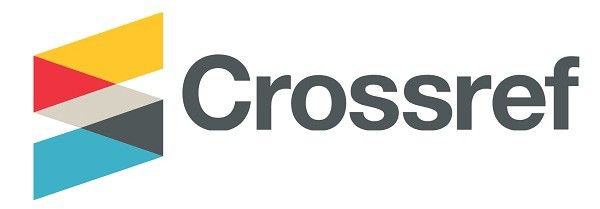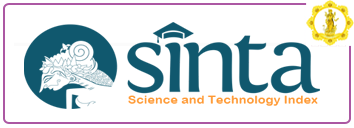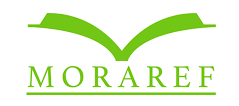Implementasi Project-Based Syllabus dalam Meningkatkan Mutu Pembelajaran
DOI:
https://doi.org/10.25078/jpm.v2i2.68Keywords:
Project-Based Syllabus, Instructional, QualityAbstract
One of the important components which determine the quality of education is the quality of instructional process. A qualified instructional process is characterized by the involvement of all instructional aspects, namely; human resources, material, media, and also the environment where the instructional process takes place, (Mukhid, 2007). All of those instructional aspects need to be accommodated by an appropriate method in order to make them effective. An instructional method that is proved effective in improving the instructional process is Project-Based Learning (PBL). This method of teaching and learning would facilitate the students with the instructional process that accommodate the students’ creativity and potentials. PBL provides authentic challenges and choices of processes in accomplishing the task. The teacher guides the students as a facilitator while the students do the project using their individual initiative. Moreover, individual initiative which is different in every student then empowers the team work to get the expected goal (Liegel, 2004). Finally, the instructional syllabus should first be constructed to implement PBL effectively that could accommodate all of its advantages. This article would elaborates the application of EFL syllabus that is made based on PBL method. The syllabus was applied in Applied English Class of Religious Education Department, IHDN Denpasar. The findings highlight both benefits and shortcomings of this type of syllabus and also emphasize the importance of Project-Based Syllabus in improving the quality of instructional process.
Downloads
References
Agustina, Tri, I. G. A. 2009. Pengaruh Model Pembelajaran Kooperatif Berbasis Projek (Project-Based Cooperative Learning) Terhadap Minat dan Hasil Belajar Siswa pada Pelajaran IPA Sekolah Dasar Tahun Pelajaran 2008/2009 (Studi Experimen di SD N 1 & 2 Kaliuntu).Thesis (unpublished). Ganesha University of Education.
Diaz-Rico, Lynne T. 2008. Strategies for Teaching English Learners, 2nd Edition: United States of America: Pearson Education, Inc.
Kemenristekdikti.2016. Rencana Pengembangan Pendidikan Tinggi 2015 – 2019. Direktorat Jenderal Kelembagaan dan Kerjasama Iptek dan Dikti
Kementerian Riset, Teknologi, dan Pendidikan Tinggi. Diakses pada 15 Juni 2016 dari http://www.dikti.go.id/wp-content/uploads/2016/01/KOMISI-II-bahan-a.-GRAND-DESIGN-IPTEI-DIKTI.pdf
Liegel, K. M. 2004. Project-Based Learning and the Future of Project Management. Originally Published as a part of 2004 PMI Global Congres Proceedings. Anaheim California.
Northern Illinois University, Faculty Development and Instructional Design Center. 2010. Howard Gardner’s Theory of Multiple Intelligences. Artikel online diakses dari; www.niu.edu/facdev pada 05 Februari 2016
Nunan, David dalam Celce-Murcia, Marianne.ed. 2001.Teaching English as a Second or Foreign Language, 3rd Edition. Thompson Learning:USA
Ramdan, Danan F. 2010. Kriteria Pemilihan Materi Pelajaran. Artikel Online diakses pada 16 Juni 2016 dari fayyad.googlecode.com
Slavin, R. E. 2008.Cooperative Learning; Theory of Research and Practice. London. Allym and Bacon
____________.2003.Undang-Undang Republik Indonesia Nomor 20 Tahun 2003 Tentang Sistem Pendidikan Nasional.diakses pada 16 Juni 2016 dari http://kemenag.go.id/file/dokumen/UU2003.pdf
Workman, M. 2013. 6+1 Trait® Writing.Education Northwest web. Retrieved Friday 19th, April 2013 from http://educationnorthwest.org/traits









